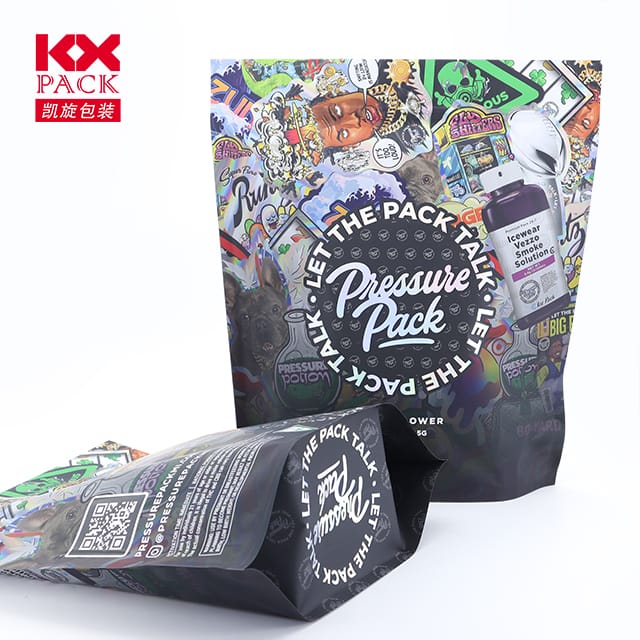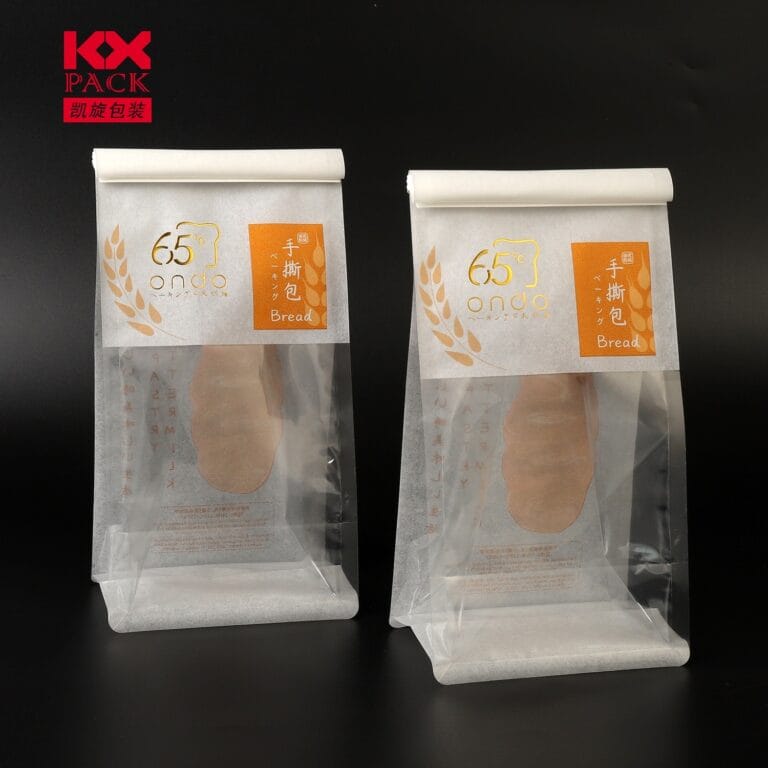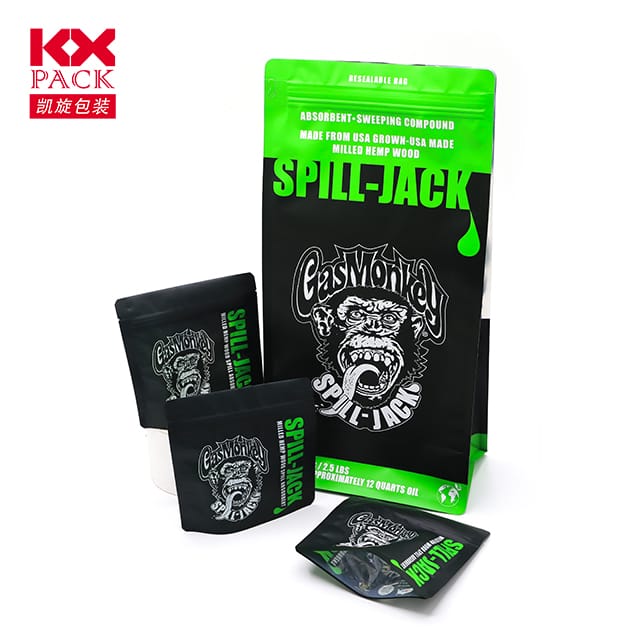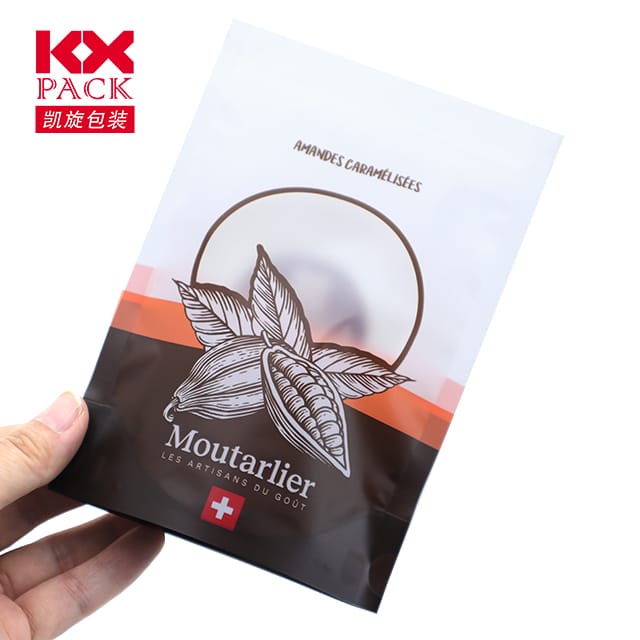Film de pellicule alimentaire en plastique: Commodité vs. Durabilité - ce que vous devez savoir (8)
Film de pellicule alimentaire en plastique
Plastic food wrap film, également connu sous le nom de film cling ou enveloppe plastique, est un aliment de base dans les cuisines du monde. Son transparent, extensible, Et les propriétés hermétiques en font une solution incontournable pour la préservation des restes, Emballage des sandwichs, ou protéger les produits frais. Mais à mesure que les préoccupations environnementales augmentent, Cet humble outil de cuisine a été examiné. Let’s explore its role in modern life, its ecological impact, and sustainable alternatives worth considering.(Film de pellicule alimentaire en plastique)
The Upside: Why Plastic Food Wrap Film Is So Popular
- Unmatched Convenience:
- Transparent and flexible, it lets you see what’s inside while keeping food fresh.
- Adheres tightly to surfaces, preventing leaks and odors.
- Lightweight and affordable, it’s a budget-friendly choice for households and restaurants alike.
- Food Preservation:
- Extends the shelf life of perishables by creating a barrier against air and moisture.
- Reduces food waste—a critical benefit as global hunger and resource scarcity rise.
- Hygiene and Safety:
- Protects food from contaminants, insects, and cross-contamination in shared fridges.
The Downside: Environmental and Health Concerns
- Plastic Pollution:
- Most plastic wrap is made from polyethylene (PE), a non-biodegradable material that persists in landfills for centuries.
- Single-use nature exacerbates waste: Globally, millions of tons of plastic wrap end up in oceans annually, harming marine life.
- Microplastic Risks:
- When heated (Par exemple, in microwaves), plastic wrap can leach chemicals like phthalates and bisphenol A (BPA) dans la nourriture.
- These additives are linked to hormonal disruptions and long-term health issues, especially in children.
- Recycling Challenges:
- Thin and often contaminated with food residue, plastic wrap is rarely accepted by recycling programs.
Sustainable Alternatives to Plastic Food Wrap Film
Heureusement, eco-conscious consumers have plenty of options:
- Enveloppes de cire d'abeille:
- Made from organic cotton coated in beeswax, these reusable wraps are compostable and naturally antibacterial.
- Great for covering bowls, wrapping cheese, or storing veggies.
- Silicone Food Covers:
- Durable, airtight, et résistant à la chaleur, silicone lids fit snugly over containers or directly onto produce like avocados.
- Dishwasher-safe and long-lasting, reducing single-use waste.
- Reusable Fabric Covers:
- Stretchy fabric bands or cloth wraps with elastic edges can securely cover dishes without plastic.
- Rénits en verre ou en acier inoxydable:
- Investing in high-quality, airtight containers eliminates the need for wrap altogether.
- Paper or Parchment Paper:
- For dry goods, unbleached parchment paper or wax paper offers a biodegradable option (though less effective for moisture retention).
Tips for Reducing Plastic Wrap Use
- Store Smart: Use jars, Tupperware, or beeswax wraps for leftovers.
- Buy in Bulk: Purchase pantry staples in reusable containers to minimize packaging.
- Compost Scraps: Instead of wrapping peels or ends, compost them to enrich soil.
- Advocate for Change: Support brands that prioritize sustainable packaging or offer take-back programs.
The Future of Food Storage
Innovators are developing plant-based plastics derived from cornstarch or algae, which biodegrade faster than traditional options. Some companies are also experimenting with edible films made from seaweed or starch—a zero-waste solution that could revolutionize the industry.
Réflexions finales
Plastic food wrap film’s convenience is undeniable, but its environmental cost is too high to ignore. By embracing reusable alternatives and supporting sustainable innovations, we can protect our planet without sacrificing practicality.
Small changes make a big difference. The next time you reach for plastic wrap, vous demander: Is there a better way? Your kitchen—and the Earth—will thank you.







